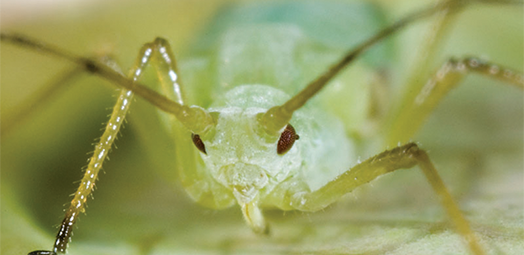
With 75% of the world’s major crops dependent on pollinators, it is critical to protect honey bees. Unfortunately, these pollinators have declined significantly over time due to various growing threats.
As a result of these threats, it is crucial for growers to use pollinator/bee-friendly products that work as part of a comprehensive Integrated Pest Management (IPM) program. By using IPM, growers can maintain healthy plants and minimize the exposure of pesticides to honey bees. Implementing an Integrated Pest Management (IPM) Program is the most effective way to consistently protect your greenhouse and nursery plants from harmful insects. And the key to a successful IPM program is product rotation. Insect infestations in greenhouses and nurseries can have a devastating impact on your plants and your bottom line. That’s why implementing an IPM program is essential.
To make your IPM program a success, follow these three keys:
- Monitor plants regularly to identify infestations and damage early
- Rotate different classes of chemistry with different modes of action annually or semi- annually or at your pest advisors recommendation
- Support the use of an insecticide with best cultural, sanitation and maintenance practices
Mavrik Aquaflow® Insecticide/Miticide is a Group 3A mode of action formulation that offers broad spectrum and long-residual insect control for use in greenhouses, shade houses, lath houses, and interiorscapes. Mavrik Aquaflow® makes it ideal to use when it comes to protecting honey bees while defending your plants against harmful insects. The dried product residue on plants from Mavrik Aquaflow® is non-toxic and non-repellent to honey bees. In addition, Mavrik Aquaflow® Insecticide/Miticide has flexible use rates to provide professional growers with an economical tool for fighting insect infestations.
To learn more about Mavrik Aquaflow® click here.


